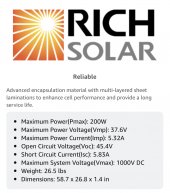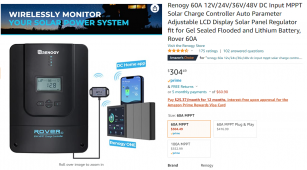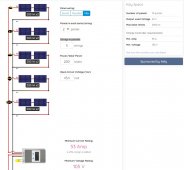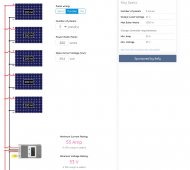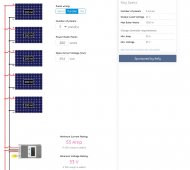MushroomMan67
New Member
- Joined
- Aug 27, 2022
- Messages
- 91
I'll take it!Revised.
4 isn't necessarily better than 3. The fourth is "equalization," and that only applies to flooded lead acid (FLA) batteries. Most charge controllers offer this without calling it a 4th stage.
Now I have to better understand fuses for the solar. Will I need fuses if I'm connecting 5 panels in parallel to the single CC?



